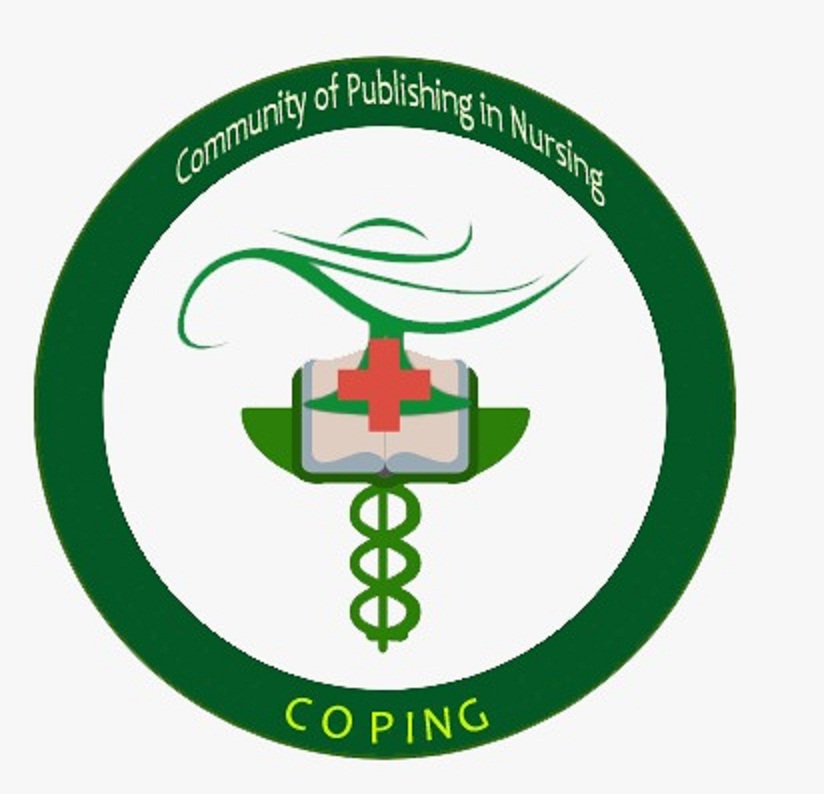GAMBARAN DUKUNGAN KELUARGA DAN KUALITAS HIDUP ANAK KANKER DI YAYASAN PEDULI KANKER ANAK BALI
Abstract
Chemotherapy is one of the most effective therapies for patients with cancer. In addition to its therapeutic effects, chemotherapy can also have side effects on children with cancer. Chemotherapy and its side effects can have an impact on children with cancer, particularly those requiring repeated hospitalizations, who are left with bad experiences from the therapies. In light of this fact, the treatment certainly can have an impact on the children’s quality of life. One of the outstanding factors influencing the quality of life of children with cancer is family support. In this regard, the aim of the present study was to determine the description of family support and quality of life for children with cancer who receive chemotherapy. This study was a descriptive study with a cross-sectional design. The sample of the present study consisted of 30 children. The results showed that most of the respondents' parents were able to provide optimal family support (13.40), and most children with cancer who received chemotherapy had a good quality of life (74.63). This suggests that nursing services need to make efforts to maintain effective family support in order to improve the quality of life for children with cancer who receive chemotherapy.
Keywords: children with cancer, family support, quality of life
Downloads
References
Bowden, V.R., & Greenberg, C.S. (2010). Children and their families the continuum of care (2nd ed.). Philadelphia: Lippincott Williams & Wilkins.
Chu, E., & Devita, V.T. (2015). Cancer chemotherapy: Drug manual. Burlington: Jones & Bartlett.
Gibson, F., Aldiss, S., Horstman, M., Kumpunen, S., & Richardson, A. (2010). Children and Young People Experiences of Cancer Care: A Qualitative Reseacrh Study Using Participatory Methods. International Journal of Nursing Studies,47(11), 1397-1407, doi: 10.1016/j.ijnurstu.2010.03.019.
Hanafi. (2010). Faktor-faktor yang Mempengaruhi Kualitas Hidup Penderita Kanker Pasca Kemoterapi Ajuvan Di RSUP Dr Sardjito Yogjakarta. Tesis. Yogjakarta: Fakultas Kedokteran UGM.
Hendrawati, S., Nurhidayah, I., Mediani, H. S., Adistie, F. (2016). Kualitas Hidup Pada Anak dengan Kanker, 4(1), 45-59.
Hockenberry, M.J., & Wilson, D. (2009). Wong’s essential of pediatric nursing (8th ed). Missouri: Mosby Company.
IDAI. (2015). Penilaian Kualitas Hidup Anak: Aspek Penting yang Sering Terlewatkan. Retrieved from:http://www.idai.or.id.
Kementerian Kesehatan Republik Indonesia. (2015). Buletin Jendela Data dan Informasi Kesehatan: Situasi Penyakit Kanker. Jakarta: Pusat Data dan Informasi Kementerian Kesehatan RI. Retrieved from://www.depkes.go.id. Diakses 16 Juni 2019.
Mariani, D., Rustina, Y., & Nasution, Y. (2014). Analisis Faktor yang Mempengaruhi Kualitas Hidup Anak dengan Thalassemia Beta Mayor. Jurnal Keperawatan Indonesia, 17(1), 1-10. Retrieved from: https://jki.ui.ac.id/index.php/jki/article/download/375/499.
National Cancer Institute. (2014). Fact sheets: Childhood cancers. Available at:// http://www.cancer.gov. Diakses 16 Juni 2019
Northouse, L. L., Katapodi, M. C., Schafenacker, A. M., & Weiss, D. The Impact of Caregiving on The Psychological Well-Being of Family Caregiver and Cancer Patient. Seminars in Oncology Nursing, 28(4), 236-245, doi:10.1016/j.soncn.2012.09.006
Okado, Y., Long, A. M., & Phipps, S. (2014). Association Between Parent and Child Distress and the Moderating Effects of Life Events in Families with and Without a History of Pediatric Cancer. Journal of Pediatric Psychology Advance Access, 1-12, doi: 10.1093/jpepsy/jsu058.
Perwitasari, D. A. (2009). Pengukuran Kualitas Hidup Pasien Kanker Sebelum dan Sesudah Kemoterapi dengan EORTC QLQ-C30 di RSUP Dr. Sardjito Yogjakarta. Farmasi Indonesia, 20(2), 68-72. Retrieved from: https://indonesianjpharm.farmasi.ugm.ac.id/index.php/3/article/view/494/3 72.
Queiroz, D. M., et al. (2015). Quality of Life of Children and Adolescents with Cancer: Revision of Study Literature that Used the Pediatric Quality of Life InventoryTM. Invest Educ Enferm, 33(2): 343-354.
Ryff, D.C. (2014). Psychological well being revisited: advances in the science and practice of eudamonia. Psychoter Psychosom, doi: 10.1159/0003532263.
Utami, K. C., Hayati, H., & Allenidekania. (2017). Chewing Gum is More Effective than Saline-Solution Gargling for Reducing Oral Mucositis. Enfermeria Clinica, 27(Suppl. Part I): 5-8, doi: 10.1016/S1130-8621(18)30026-3.
Wolley, N., Gunawan, S., & Warouw, S. (2016). Perubahan Ststus Gizi pada Anak dengan Leukemia Limfoblastik Akut Selama Pengobatan. Journal e- Clinic (eCI), 4(1). Retrieved from: https://ejournal.unsrat.ac.id/index.php/eclinic/article/view/11693.
Yayasan Peduli Kanker Anak Bali. (2018). Data Prevalensi Kanker Anak Pada Tahun 2018. Denpasar: Yayasan Peduli Kanker Anak Bali.







